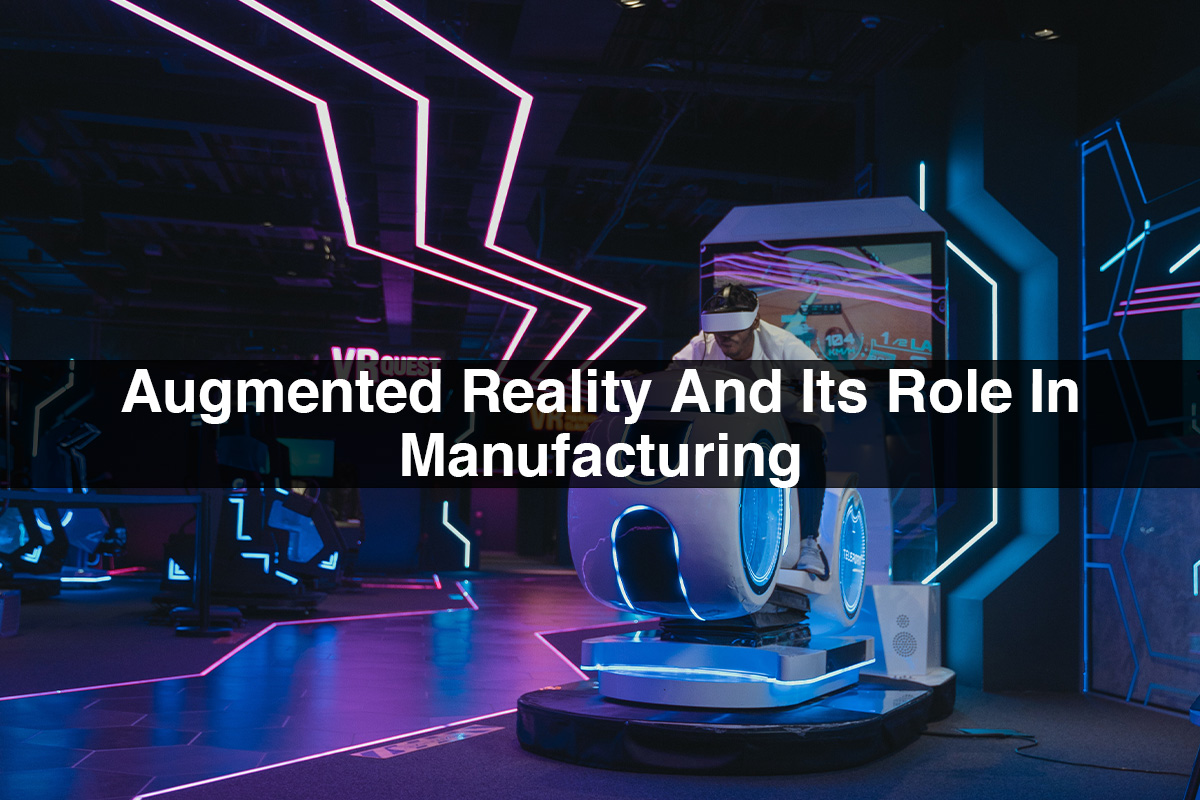Augmented reality fact uses displays, cameras, various types of sensors, and software to augment the user’s real-global environment with a synthetic perceptual experience. Most AR applications use clever devices such as smartphones, tablets, and smart glasses to overlay digital data and graphics onto the user’s real-world view. Pokemon Go and Snapchat filters are some of the maximum famous AR applications in the consumer world. Although AR is not a new concept, advancements in areas such as computer vision, sensing technologies, data storage, displays, and software technologies, have now made AR a far more practical solution for consumer, commercial, and industrial adoption. Augmented reality is rapidly finding its way into many consumer, commercial, and industrial applications.
-
Augmented reality in manufacturing
AR can grow production speed and quality dealing with complex part assembly, it usually takes years of training to become proficient no longer to mention that even veterans get it wrong from time to time. Then comes in a pair of augmented fact lenses that not only gives the engineer a schematic view of what is being assembled, where they fit in, and in what order, but also allows in locating faults and vulnerabilities.
-
Solving daily shop floor problems
When your manufacturing company has to address all of the pain points of your shop floor, your teams require real-time access in order to deal with the problems at hand, whether they are within the company or out of doors of it. With the augmented fact in production for your side, your production operations personnel can at once display all the issues for your protection groups and engineers. They also can view KPIs in actual time in addition to diagnosing and solving the difficulty without interfering with manufacturing.
-
You can access data easily
Service engineers and manufacturers can move as much as any item that comes with the IoT era and perceive any item that will help you get any information from a company’s back-stop agency aid-making plans system. With that, they may have gotten the right of entry to the item’s specs, location, inventory, and lead times. Your team can use an AR-enabled mobile app to scan QR codes to view the live video feed, graphics, images, and use it to repair machines.
-
AR reduces maintenance time
AR provides near-instant access data when needed, and one of those scenarios includes maintenance time. Not only do you advantage the ability to pinpoint faults but you get access to the courses and documentation had to carry out maintenance and maintenance at an increased pace.
-
Reduce the duration of inactivity production
If your production company deals with a period of inactivity of production due to yours it could fee your organization hundreds of thousands of dollars. But with the help of augmented fact devices, your team can quickly identify the fault and avoid downtime. By having AR apps on your mobile devices your crew is able to visually identify the problem.
-
Error prevention
Airbus has been using augmented fact in manufacturing for several purposes beneath neath the brand smart augmented reality tool seeing that 2011. Although this era can be used in lots of applications, aircraft programs use it extra often.
-
The perfect tool for training
Both VR and AR have demonstrated great ability when it comes to training. On the other hand, VR already has a larger hand on this like in simulator training for military operations, aircraft pilots, maritime operations, advanced surgery, and a lot more.
Conclusion
AR applications in the manufacturing Industry benefit people and organizations. It also reduces the possibility of errors and improves the design and production process.




















Discussion about this post